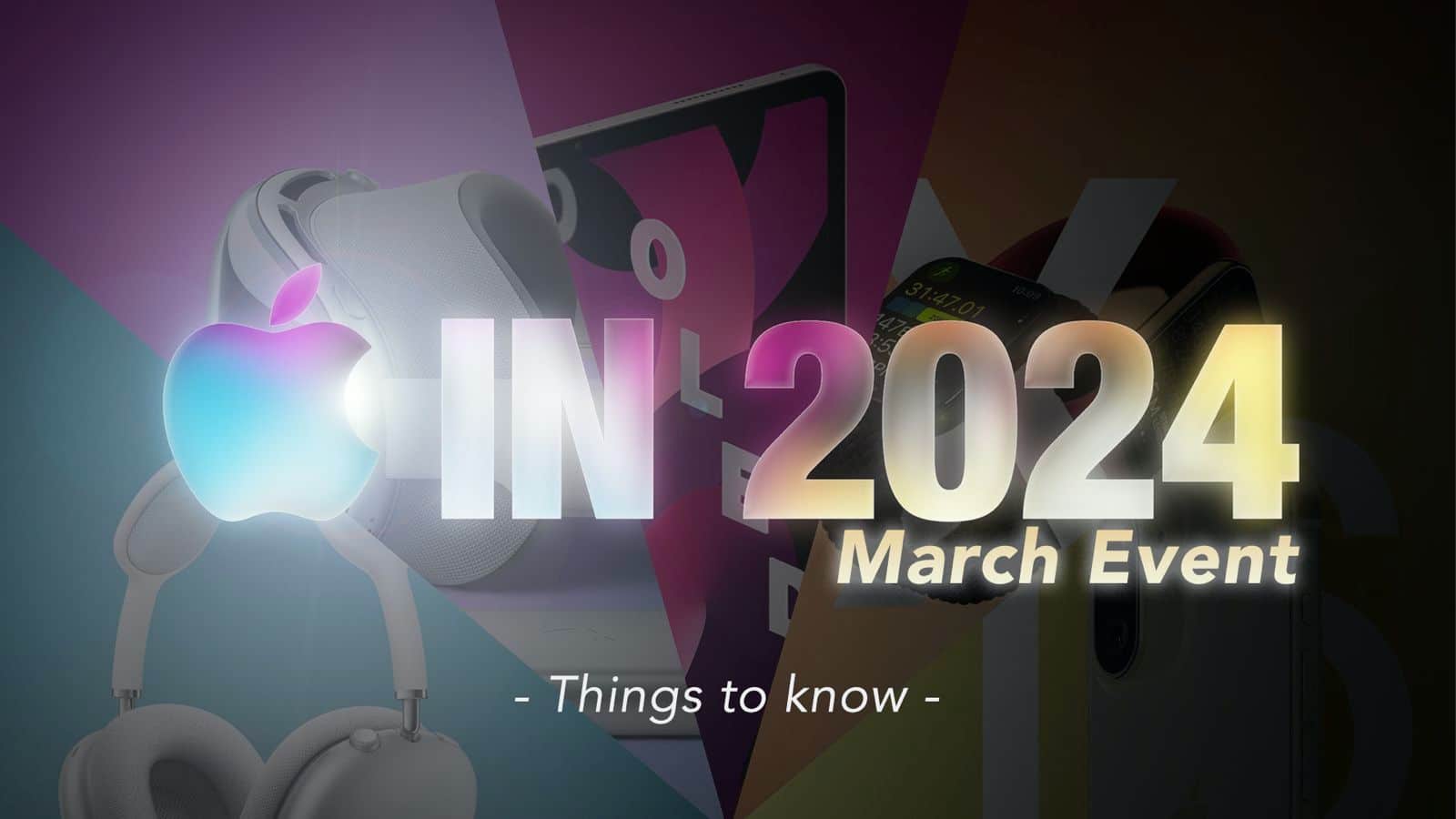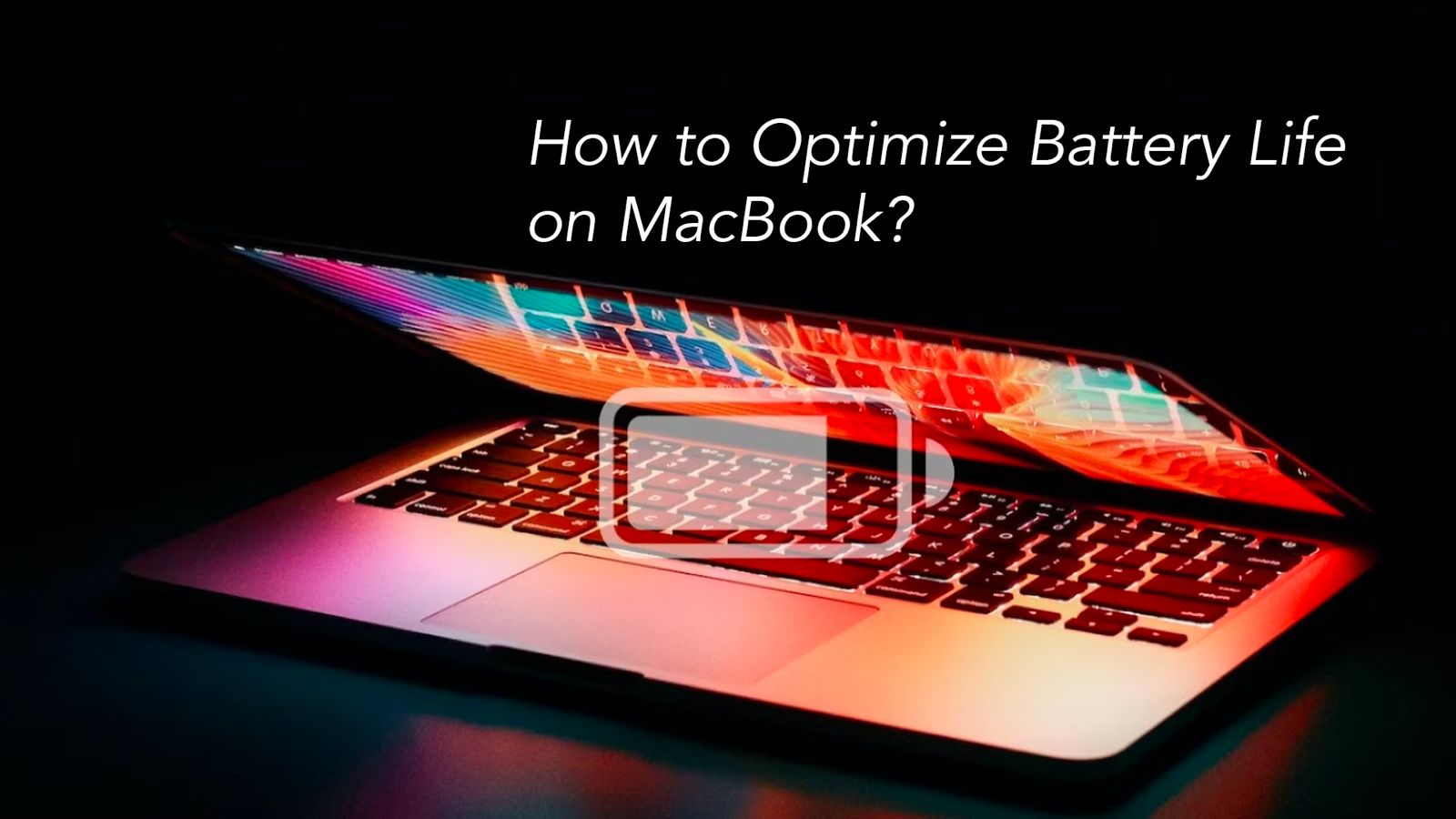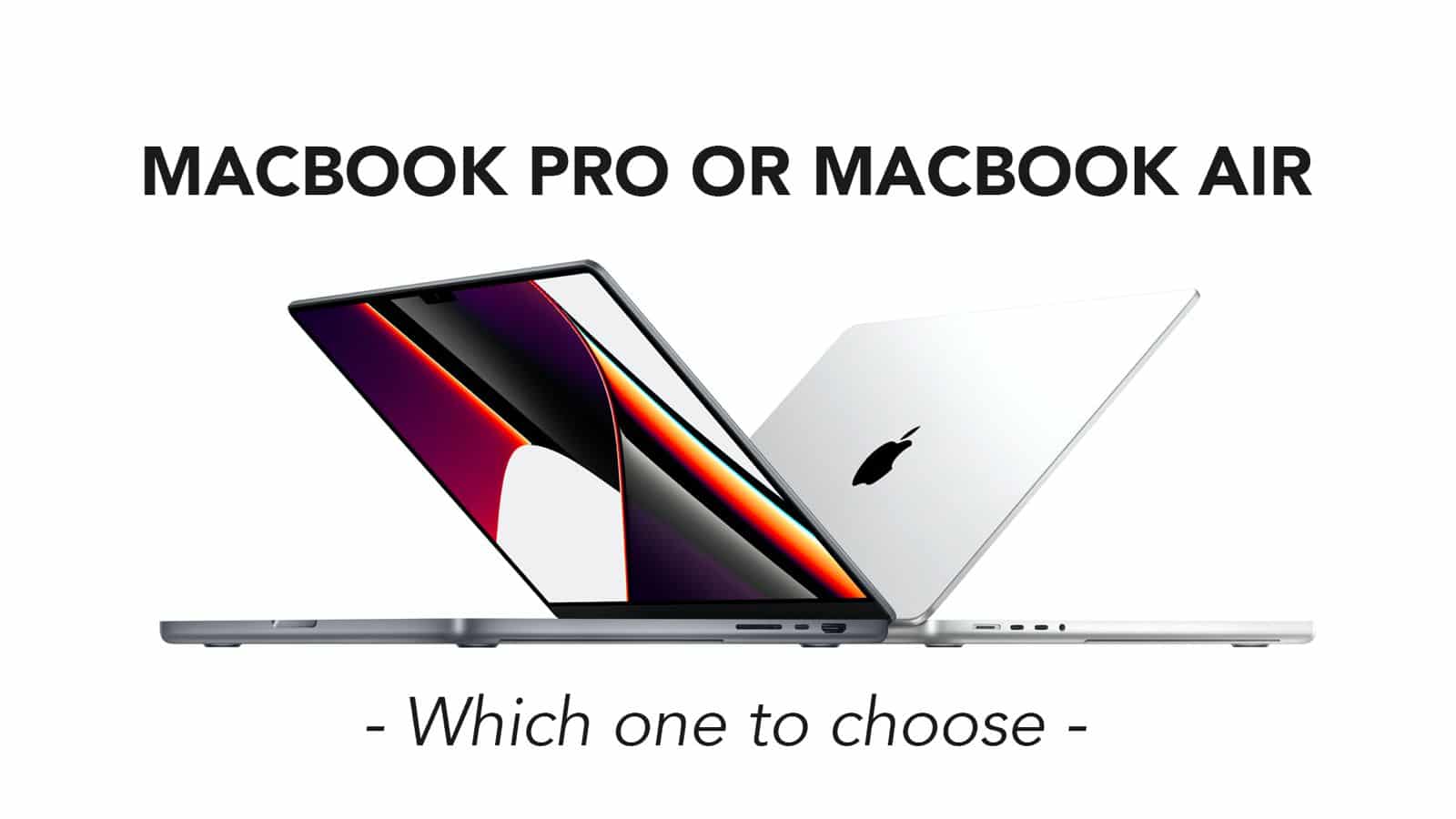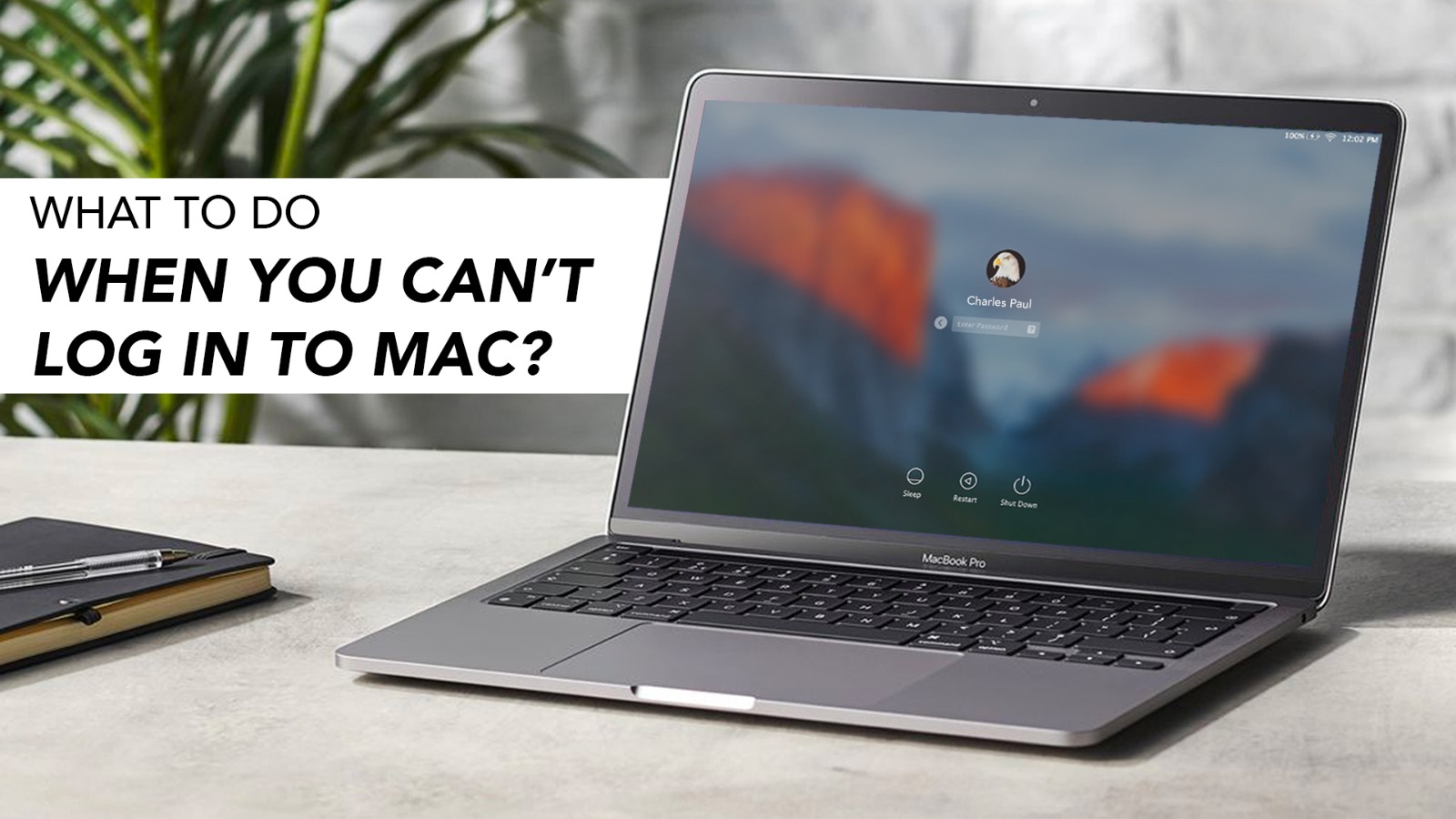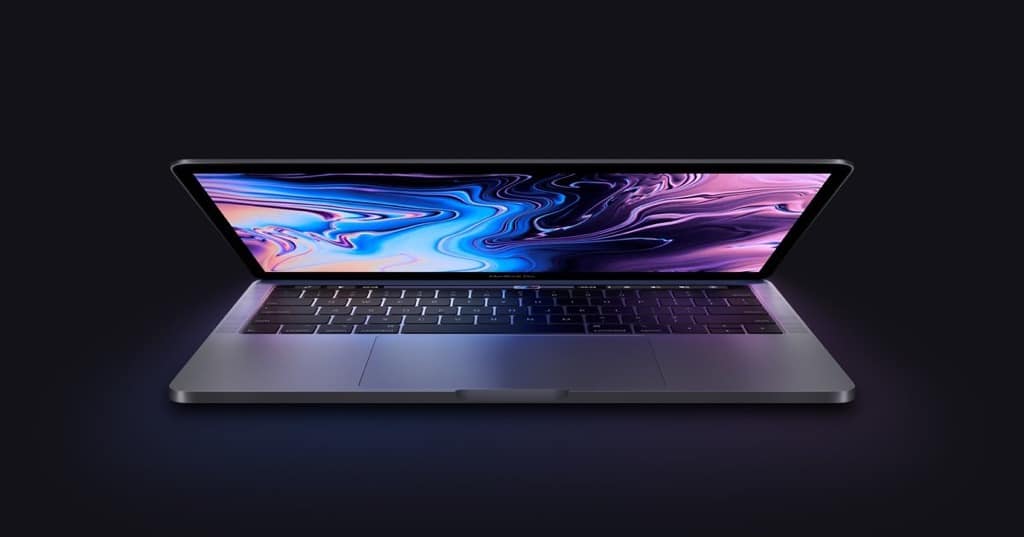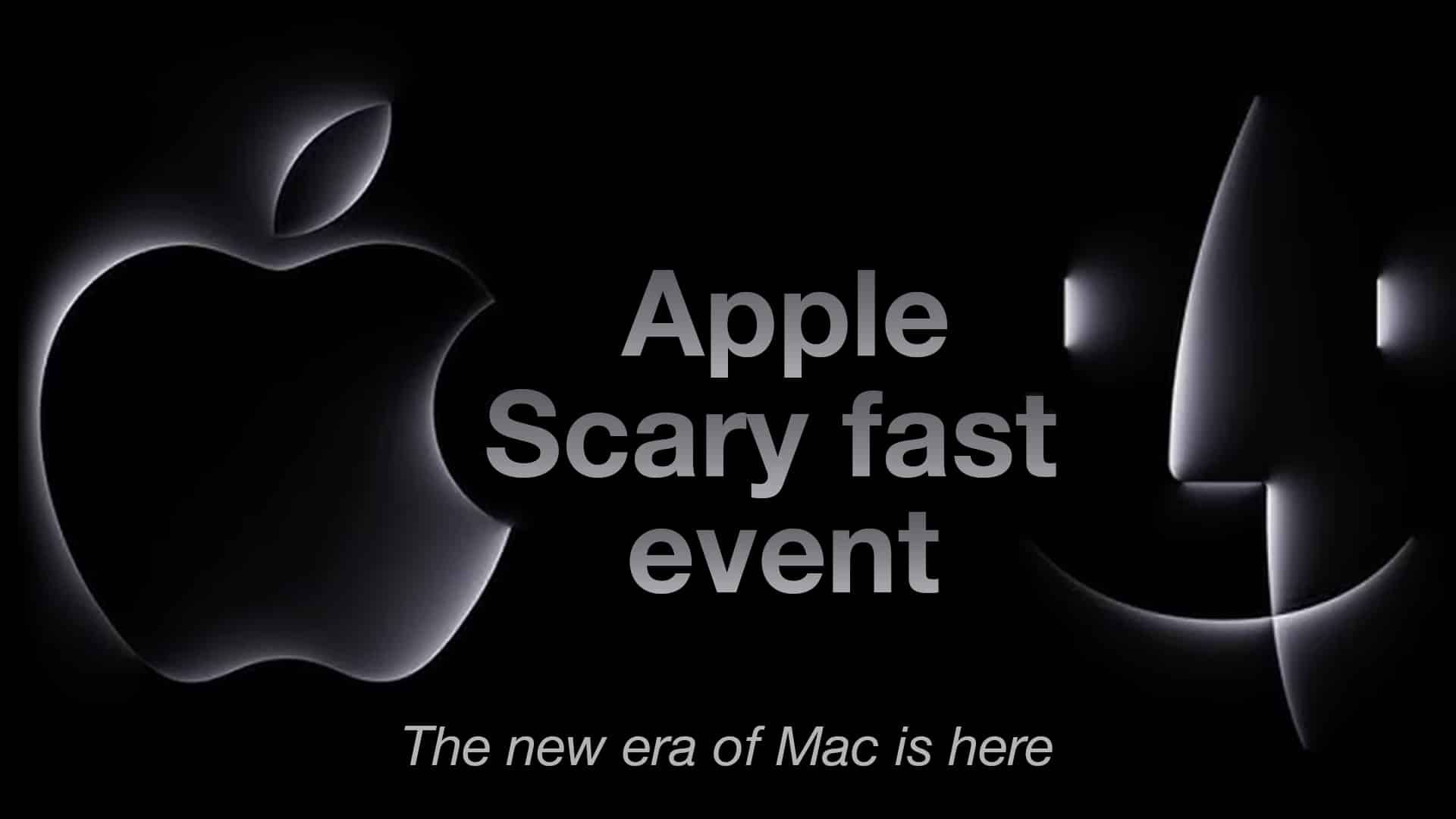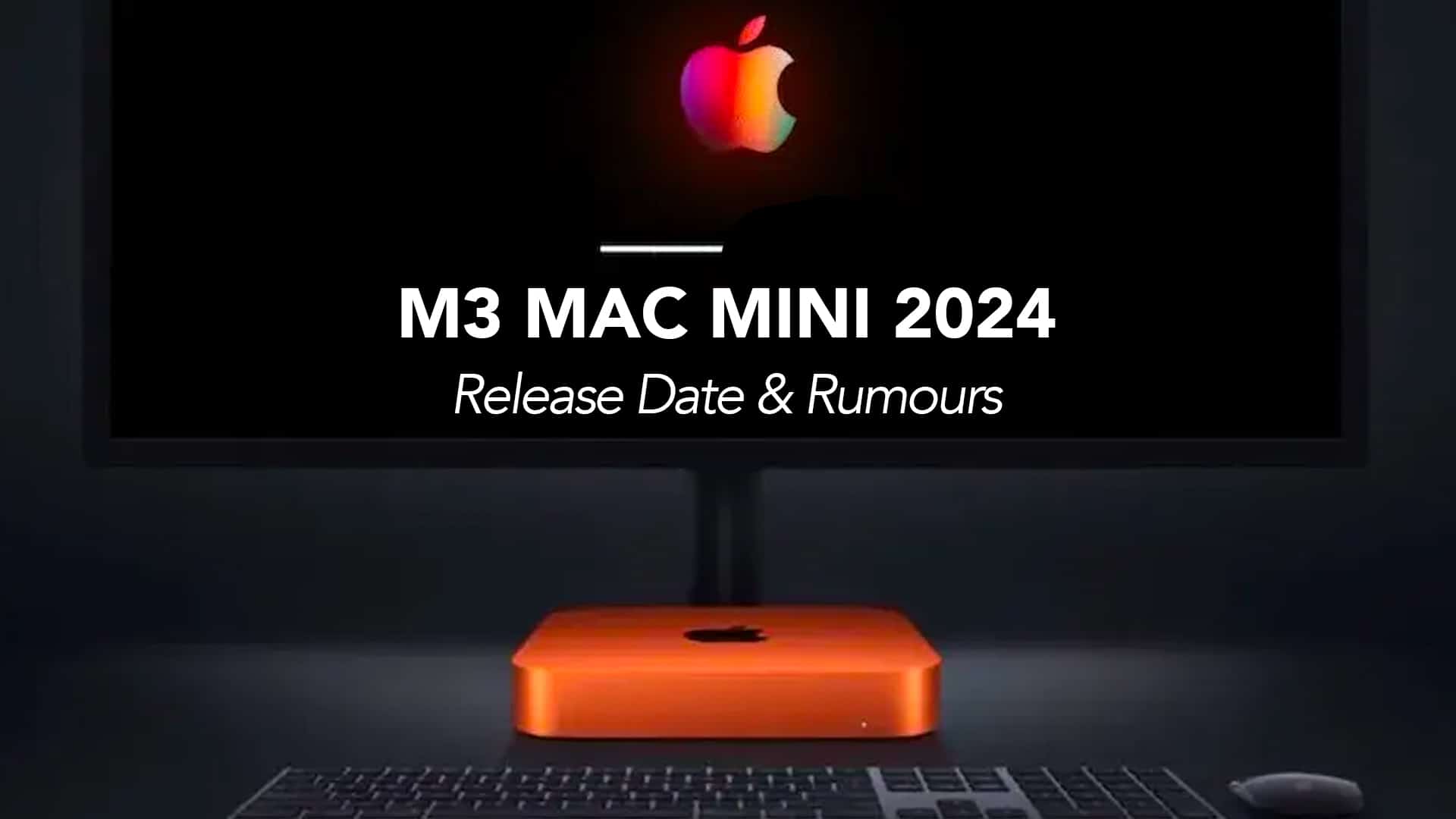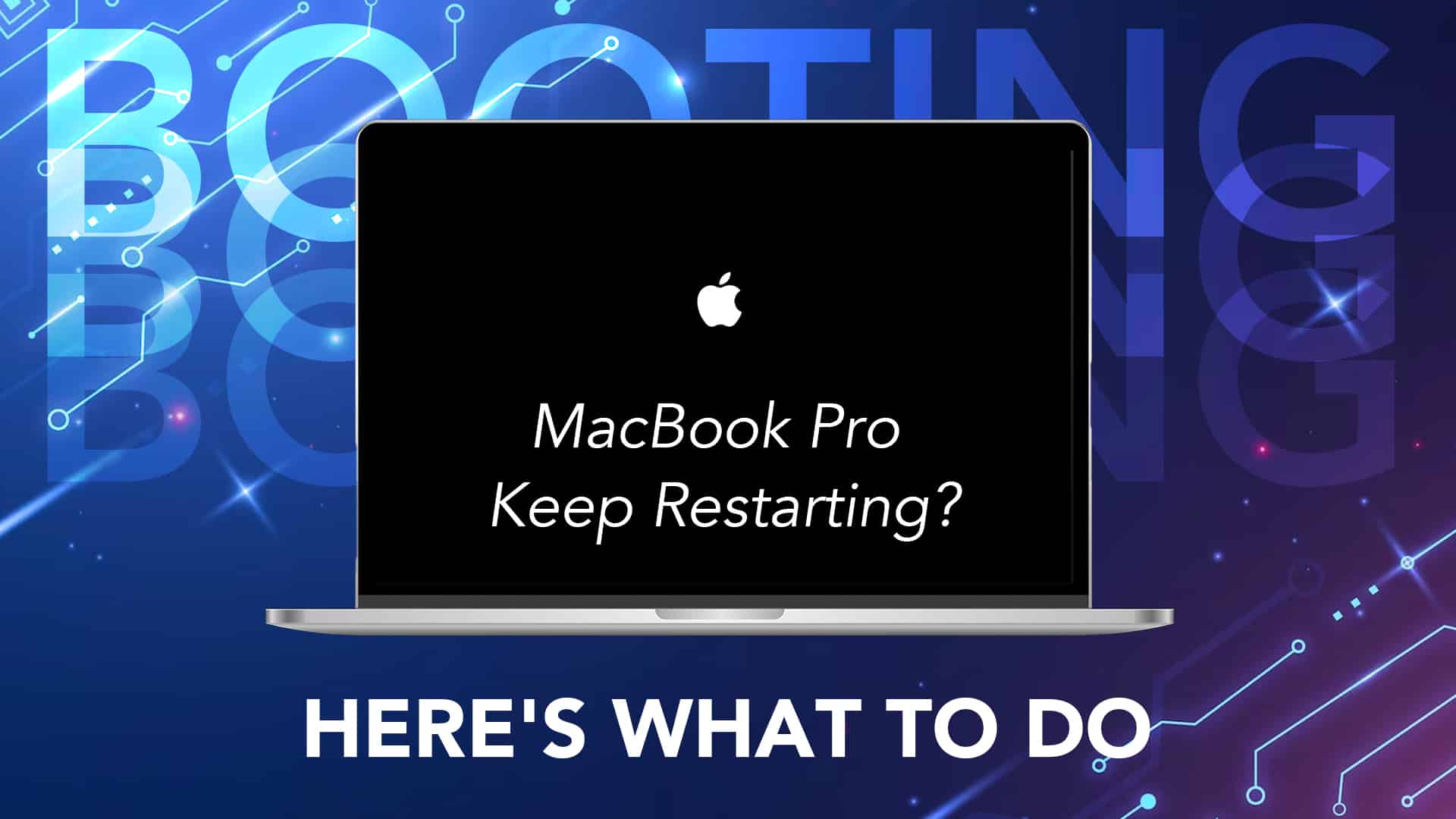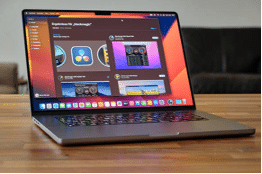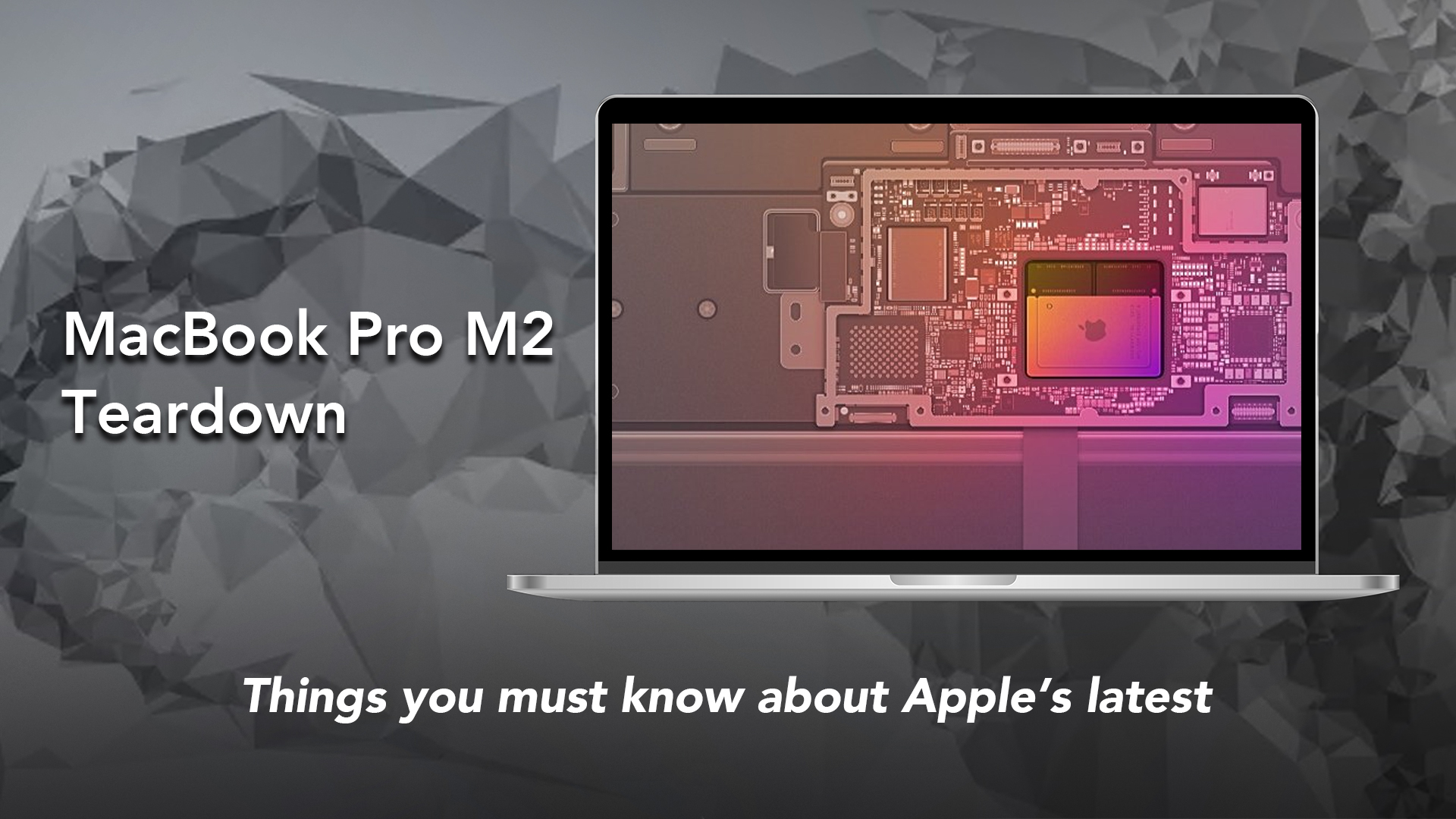Apple has decided to gather all the tech lovers across the globe to unravel the mysteries and marvels revealed at the upcoming Apple Event.
One of the most anticipated tech showcases of the year is going to happen, as Apple’s events have become synonymous with groundbreaking announcements, cutting-edge technology, and a glimpse into the future of tech giant’s product lineup. Whether you are an avid Apple follower or just curious about the latest updates in the world of gadgets, here is a comprehensive rundown on the highlights of the forthcoming tech festival regarding the Apple’s March 2024 Event. Buckle up as we dive into the realm of Apple’s latest offerings and the future they promise to bring.

Source: Macworld
Apple’s Upcoming Event Rumors:
As the anticipation builds for the upcoming Apple event, whispers in the tech sphere suggest a myriad of possibilities. Hopefully in just a few weeks Apple’s first event of the year is about to happen. The rumors have aired that we are about to get the mega event in March. Apple recently released the first beta of its latest iOS, which is yet to be public in March, as they usually release their big spring updates after an event. Let’s shift through the grapevine, separating the facts from fiction, and speculate on what might be in store for Apple enthusiasts around the globe. From speculations about the latest iPad Air models to the predictions of potential MacBook Air models, the rumors mill is in full swing.

Source: 9tO5Mac
Read – iPhone 16 Pro: Leaks & Rumours to Look for
New iPad Air Models
After a long wait finally something big is about to come up as Apple’s March 2024 Event is about to happen soon. According to the reports it states that for the first time ever it will come in two sizes. The usual 10.9 inch and a larger 12.9 inch model. It is expected to come in with the new M2 chip in four different models, code name J507, J508, J537, and J538, available in both Wi-Fi and cellular versions. A camera bump design may also get featured. Hopefully this new move may provide the customers a wide range of options to choose the device at different prices.

Source: cnbctv18.com
New MacBook Air Models
Last year we got the 15 inch model, that’s why we didn’t get any new models with the M3 chip at the October event. Gossips about the new MacBook Air have ignited speculations at the digital landscape. It is expected that the new MacBook Air will have the same design as they have right now, but it can arrive with a M3 chipset, 13.6 inch and 15.3 inch liquid retina display, 8 to 24 GB RAM, and 256 GB to 2 TB SSD storage.

Source: MacRumors
Read – Apple Watch Series 9: A Glimpse into the Future of Wearable Tech
These are the hints and clues about the upcoming devices that have captured the attention of tech enthusiasts worldwide.
There is still some time to separate the wheat from the chaff, till then let’s keep on exploring the tantalizing rumors regarding Apple’s March 2024 Event. However, before keeping your sight on the new devices, make sure the old companion is safe and secure from any internal malfunctions. In case of any issues, get connected to the authorized repair provider recommended by Apple. Got issues with your Apple Watch, iPhone, iPad, MacBook or any Apple device? Is a trustworthy repair centre not in sight? Don’t worry, the experts can help you get a free pickup and drop service and provide a bright repair solution for all your Apple woes. Call today for Apple MacBook Pro battery replacement, screen replacement, and other top repair services
